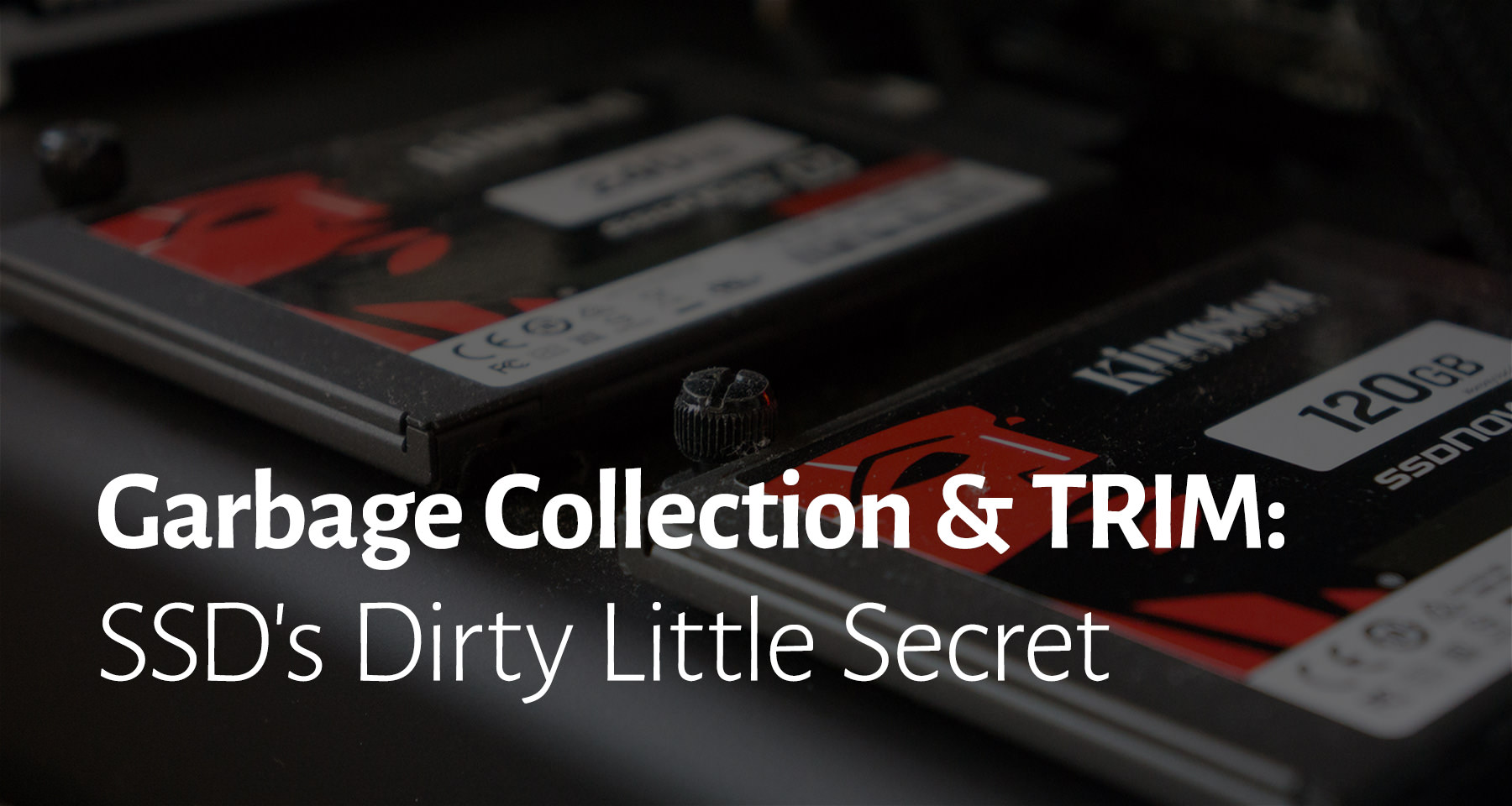Originally posted by Azrael5
View Post
Some applications can skip the filesystem entirely as well using a library to turn raw zns/zbc into a key/object store.





Leave a comment: